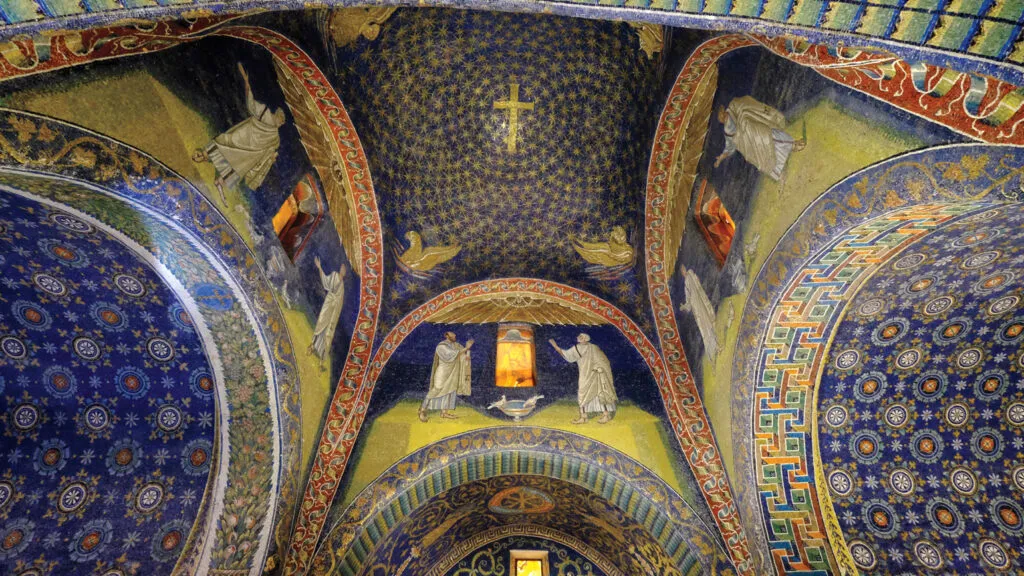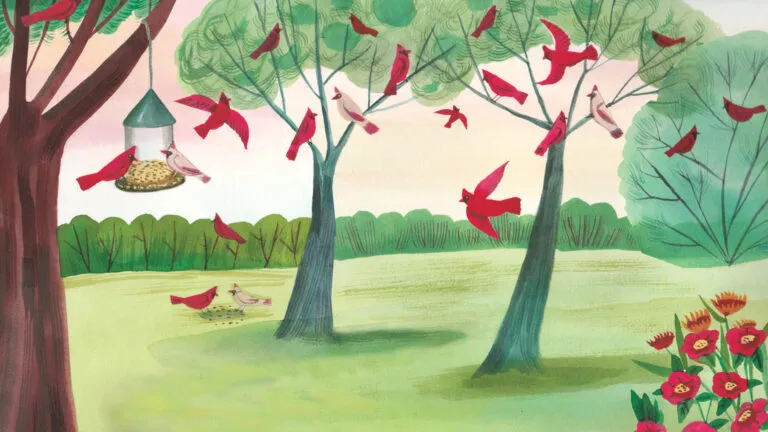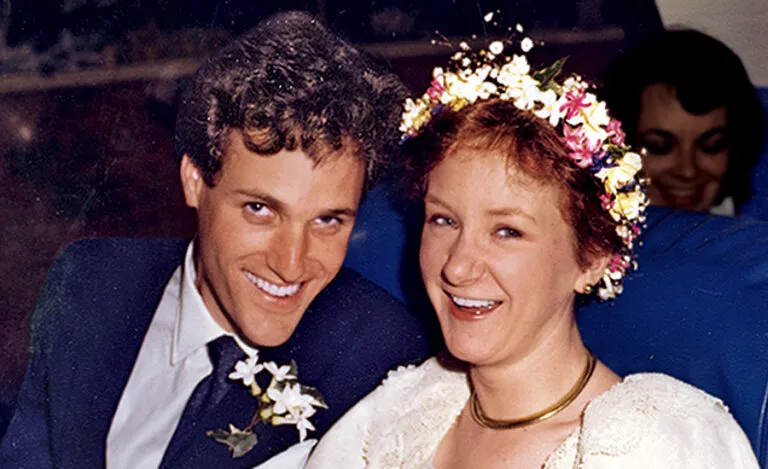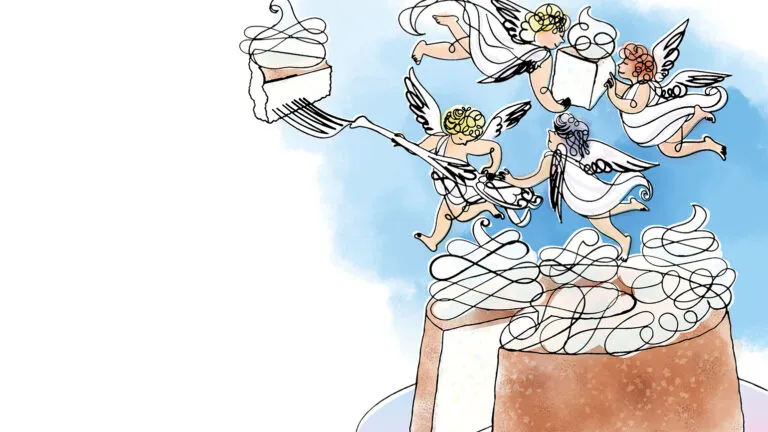Have you ever seen a mysterious image that doesn’t just appear in your mind’s eye, but concretely, in front of you? Something so certain but apparently ephemeral? God speaks to us in these moments, these visions—some of which can be astonishingly real.
I was fascinated to learn that the Swiss psychologist and psychoanalyst Carl Jung (1875–1961) experienced a heaven-sent vision himself. In my training to become a spiritual director, I’ve read a lot of Jung’s writings. He’s proven especially helpful in unlocking unexplored parts of myself, allowing me to see the illusory in the everyday, which has been crucial to my spiritual growth. A rigorous scientist and the author of countless scholarly tomes and articles, Jung was also a man of faith. After all, he had a phrase in Latin carved above the front door of his home that, in English, roughly means “invoked or not invoked, God will be present.”
Even in the midst of treating patients and doing research in Switzerland, he traveled extensively. In particular, he made two trips over a 20-year period to the Italian coastal city of Ravenna, taking in its extraordinary mosaics.
What’s incredible about the mosaics in the holy buildings in Ravenna is that these Christian works of art date back as early as the fifth century. Seminal days in the spread of Christianity.
I saw them myself when I lived in Italy after college. Thousands of luminous, colorful pieces of glass forming vivid designs and pictures. For instance, in the ceiling of the tomb of Galla Placidia, a Roman empress, there are symbols of the four gospels: an angel for Matthew, a lion for Mark, the ox for Luke and an eagle for John.
Jung had seen all that at the Mausoleum of Galla Placidia in 1913, but when he went back 20 years later, visiting the tomb and then the baptistry, he was surprised to see four “mosaic frescoes,” as he calls them, that he didn’t remember seeing the first time around—most significantly, a scene of Christ holding out his hand to rescue Peter, who had attempted to walk on water like Christ, but after a moment of doubt was “sinking beneath the waves.”
Jung and his travel companion spent much time discussing the mosaics. When they left the baptistry, Jung tried to find photographs of the mosaic frescoes in a nearby shop, but was unable to find anything. He returned home to Switzerland empty-handed but asked a friend who was heading to Ravenna to pick up the search. Jung described what he saw in detail. The man came back and said that all four of the mosaics Jung thought he saw simply didn’t exist.
That seemed odd. Jung’s travel companion couldn’t believe it. She’d seen the mosaics too. Jung had even mentioned the scene they saw in a lecture he gave. In the end, he had to admit that what he’d “seen” was simply not there.
It was a monumental lesson for Jung. Writing about what he saw many years later, Jung recalled the scene vividly. The blue water, the chips of mosaic, Peter reaching out to Christ to be rescued. Those images brought him healing. At the time of the visit, he felt he was drowning, at odds with himself. As he writes in his memoir, Dreams, Memories and Recollections, “The same thing happened to me as to Peter, who cried for help and was rescued by Jesus.” What he was sure he saw—brought to consciousness essential pieces of his personality. He felt whole again. Rescued by Jesus.
He carried the experience over into his practice as a therapist and teacher. “Since my experience in the baptistry in Ravenna, I know with certainty that something interior can seem to be exterior, and that something exterior can appear to be interior. The actual walls of the baptistry, though they must have been seen by my physical eyes, were covered over by a vision of some altogether different sight which was as completely real as the unchanged baptismal font.”
It is these sorts of insights that I find so helpful in my immersion in Jung. In visions like this, the unconscious speaks. It gives us the chance to see some part of ourselves that we had never encountered before and to integrate that into our personality, becoming closer in the process to the whole being that God made.
The next time you see a vivid image in a dream, or even experience a vision in your waking life, take a note from Carl Jung. God could be rescuing you.





